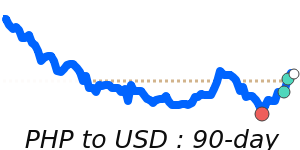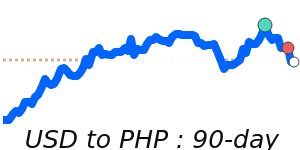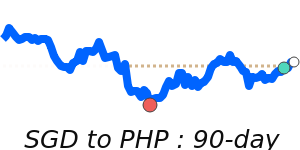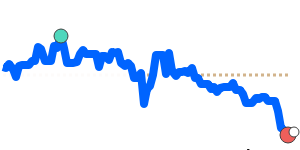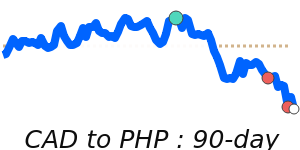The Philippine Peso (PHP) has faced notable pressure in recent weeks, largely attributed to economic concerns and market dynamics. Analysts report that the peso depreciated to a record low of 59.262 per US dollar on October 28, driven by fears of an economic slowdown stemming from infrastructure spending challenges and expectations of potential rate cuts by the Bangko Sentral ng Pilipinas (BSP). With inflation remaining subdued at 1.7% in October, below the BSP target, a 25 basis point interest rate cut in December has become a topic of discussion among economists, indicating a possible shift towards more accommodative monetary policy to stimulate growth.
Additional considerations impacting the peso include its overvaluation since 2019, which has hindered the competitiveness of the manufacturing sector and exports, according to ANZ Research. Furthermore, the Philippines is grappling with a significant trade deficit of approximately $43 billion—around 10% of GDP—and while remittances from Overseas Filipino Workers (OFWs) have provided some support at about $34 billion in 2024, they also reflect the ongoing vulnerabilities in the local economy.
In terms of recent exchange rate movements, the PHP to USD stands at 0.016943, which is 1.8% below its three-month average of 0.017252 and has exhibited a stable trading range of 4.6%. Conversely, the PHP to EUR is at 0.014693, slightly below its average, while the PHP to GBP remains marginally above its average. Notably, the PHP to JPY has reached near 90-day highs at 2.6682, exceeding its three-month average by 2.7%.
The complexities surrounding the Philippine economy, combined with the currency's fluctuations, will continue to be key factors for individuals and businesses engaging in international transactions. Staying informed about these dynamics is crucial for optimizing currency conversion strategies and reducing costs in cross-border dealings.
